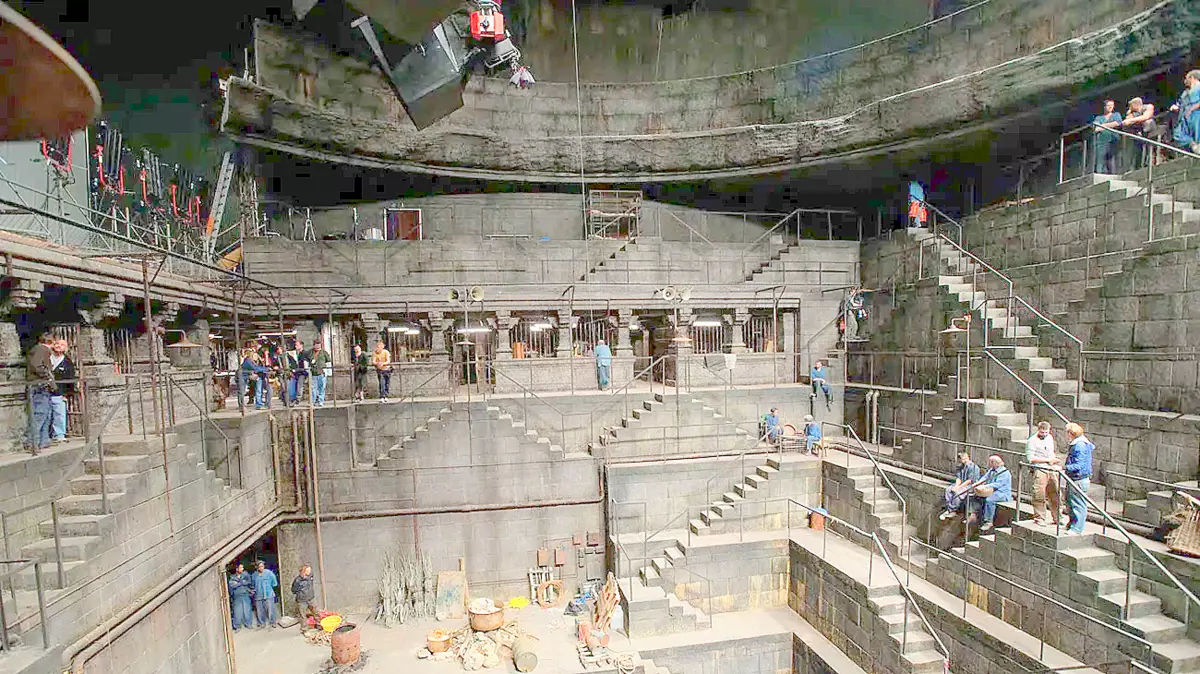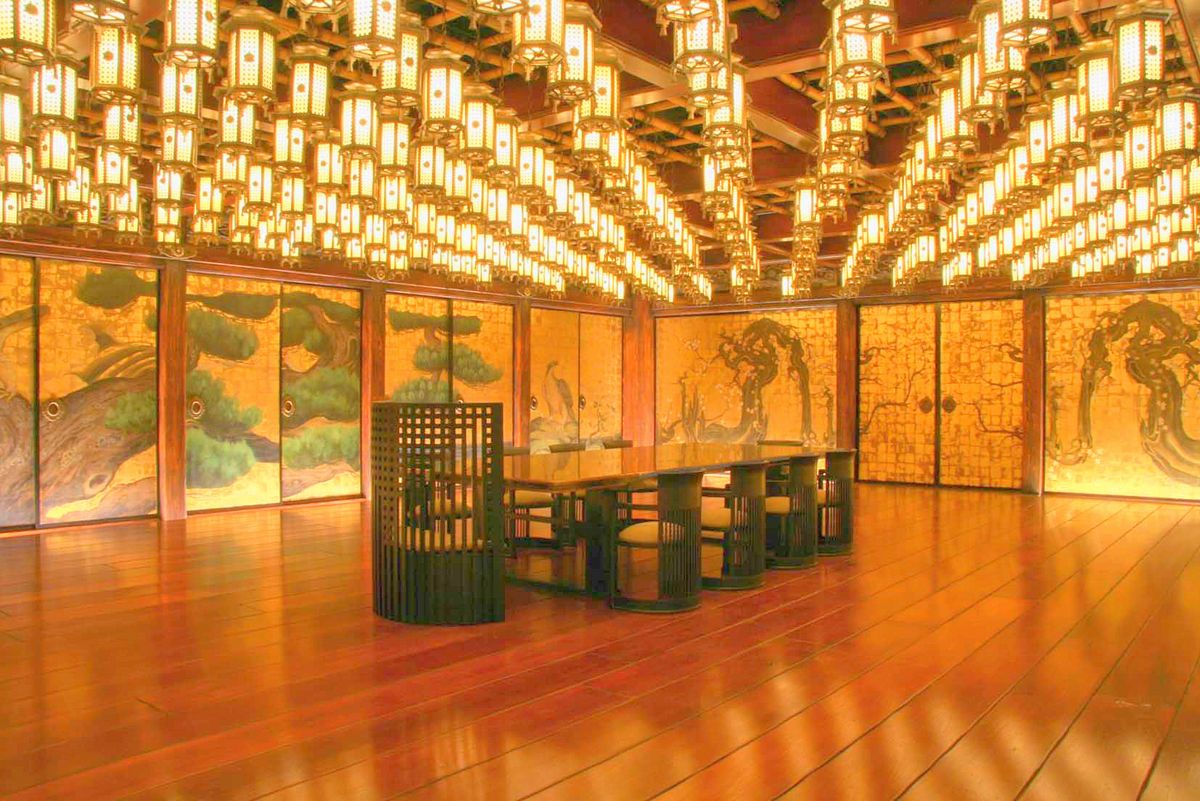
Film design is an incredibly influential, yet at its very best, we don’t even see it. Production designers create worlds for us to believe in and when it all works, we accept the finished product as “real”. Of all the crafts involved in bringing a film to the screen, the production designer’s role is probably the haziest in terms of public perception, yet it is the absolute key to the success or failure of a shoot. They are mood magicians, the wizards of illusion who run the art department to realize the director’s vision for screen.
Once the concept is decided, designers usually appoint and manage an art department. Which includes a design and construction team. They often form a strong partnership with a particular director, who they may work with on many productions. Production Designers specialize in film, TV or theatre, though there may be some overlap. In the theatre, production designers are also called stage or set designers.
1. Always hire a production designer first before anyone.
“As a production designer, you have to be able to fight for what you want, but also have to know how to compromise without hurting the film-you can’t do everything. The main thing is that you have respect and a good relationship with the director, and or the producer, so you have got some muscle there and maybe get a little more money.” Ken Adams (Dr. No-1962, Dr. Strangelove-1975
2. Be a very collaborative artist. Share all your idea with everyone on the team
“The challenge with production design is that there are two equally important pipelines to develop from the get go. One is aesthetic development, working with the director, DoP and producer and writer to explore staging, use of color, volume, key dramatic imagery, and the overall style of the film. Then there is the very practical problem of ushering all the elements needed to create those images in front of the camera on a given date for a given amount of money. And those are going on concurrently, right brain and left brain constantly. I find the two processes inform each other in ways that I really like. Limitations often dictate style and style is something that’s really interesting to me” Jim Bissell (E.T.-1982, 300-2006)
3. Always strive for emotional and historical authenticity. Get your history right from the get go.
“what’s important to me, thought, is discovery. We create these situations that are outside of most people’s experience, yet still make them feel like they lived through it. I find it fascinating. i never get tire of it.”
4. Strong production design themes (design, sets, costumes, color palette) are sacred
5. Dont ever, ever start without a finished script
6. Navigate time and schedule effectively
7. Draw, sketch a lot
My way of working was to start with a sketch, even if there wasn’t a script-talking on the phone to somebody, I would be doodling
8. Be tenacious and effective
9. Set up a team:
Art director, set designs, graphic artists, set decorator a construction coordinator and scenic charge, a prop master and a VFX supervisor
10. Never give up

The very fact that it is designed, literally, not to be seen, means it takes a certain type of person. Perhaps it’s best described as a magician’s illusion. You’re looking right at it, but if you are aware of it, it means you are not suspending your disbelief
– Rick Carter, Production Designer on Avatar (2009).
This are a few names that created worlds we all love. Some are: Jim Bissel (E.T.), Rick Carter (Forrest Gump), John Box (Lawrence of Arabia), and Stuart Craig (The Legend of Bagger Vance). Nathan Crowley (The Dark Knight), Dante Ferretti (Hugo), and Sarah Greenwood (Anna Karenina). Grant Major (The Lord of the Rings), Alex McDowell (Minority Report), and Yohei Taneda (Kill Bill: Vol I)
MORE STORIES FOR YOU
Innovative Distribution Models: How To Empower Independent Filmmakers
Innovative Distribution Models for Independent Filmmakers
The Ultimate Film Festival Submissions Guide
Film Festival Submission Tips Navigate Complexities & Stand Out
How To Unlock Indie Film Success: Crowdsourcing for Indie Filmmakers
Follow these Proven Strategies to Unlock Success for your Independent Film









